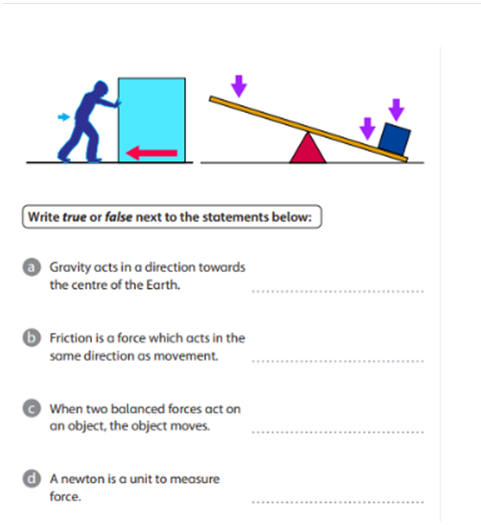Science
“The important thing is to never stop questioning.”
~Albert Einstein
Our high-quality science education provides the foundations for understanding the world through the specific disciplines of biology, chemistry and physics. It has been designed and created alongside the National Curriculum and other specialists within the field such as STEM.
Aims:
Our curriculum ensures all pupils:
- develop scientific knowledge and conceptual understanding through the specific disciplines of biology, chemistry and physics.
- develop understanding of the nature, processes and methods of science through different types of science enquiries that help them to answer scientific questions about the world around them.
- are equipped with the scientific knowledge required to understand the uses and implications of science, today and for the future.
|
Implementation: Our Science curriculum is planned using the long term plan, see below and attached, which identifies which areas of science are to be taught and ensures that we provide a broad and balanced curriculum. Science is taught weekly as a core subject ans also in extended lesson sequences of scientific enquiry. Prior substantive knowledge and disciplinary knowledge is built upon year on year. Example of a Y5 mini quiz:
|
